-
 Bitcoin
Bitcoin $118100
-0.44% -
 Ethereum
Ethereum $3585
5.43% -
 XRP
XRP $3.434
5.65% -
 Tether USDt
Tether USDt $1.000
0.02% -
 BNB
BNB $743.8
3.89% -
 Solana
Solana $178.7
3.84% -
 USDC
USDC $1.000
0.03% -
 Dogecoin
Dogecoin $0.2381
12.81% -
 TRON
TRON $0.3270
3.62% -
 Cardano
Cardano $0.8315
4.93% -
 Hyperliquid
Hyperliquid $44.51
-4.42% -
 Stellar
Stellar $0.4710
1.52% -
 Sui
Sui $3.896
-2.51% -
 Chainlink
Chainlink $18.09
6.98% -
 Hedera
Hedera $0.2681
9.31% -
 Bitcoin Cash
Bitcoin Cash $516.7
4.83% -
 Avalanche
Avalanche $23.95
6.96% -
 Shiba Inu
Shiba Inu $0.00001490
5.67% -
 UNUS SED LEO
UNUS SED LEO $8.966
0.80% -
 Toncoin
Toncoin $3.294
4.39% -
 Litecoin
Litecoin $105.4
4.69% -
 Polkadot
Polkadot $4.356
5.30% -
 Uniswap
Uniswap $10.29
17.25% -
 Monero
Monero $327.9
-3.04% -
 Bitget Token
Bitget Token $4.942
4.33% -
 Ethena USDe
Ethena USDe $1.001
0.08% -
 Pepe
Pepe $0.00001348
2.17% -
 Dai
Dai $1.000
0.02% -
 Aave
Aave $320.8
0.58% -
 Bittensor
Bittensor $411.8
-4.07%
What is the role of a smart contract in DeFi lending and borrowing?
DeFi lending and borrowing use smart contracts to enable trustless, transparent transactions, allowing users to earn interest or take loans with collateral.
Jul 16, 2025 at 11:28 pm
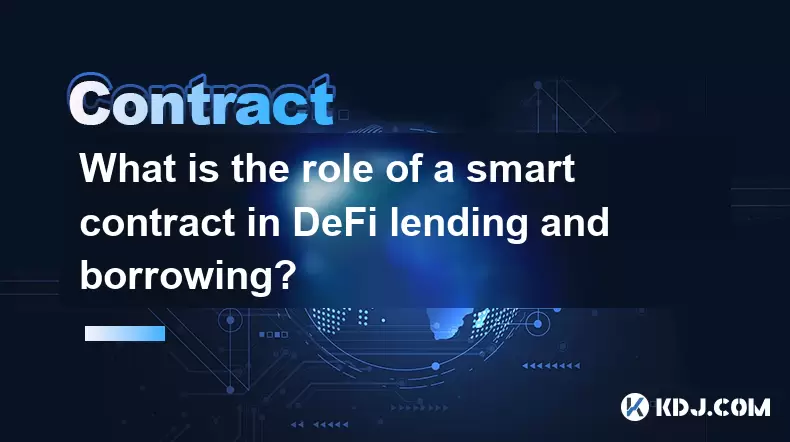
Understanding the Basics of DeFi Lending and Borrowing
Decentralized Finance (DeFi) has revolutionized traditional financial systems by enabling peer-to-peer transactions without intermediaries. Lending and borrowing in DeFi allow users to supply their digital assets to a liquidity pool or borrow assets against collateral, all managed through smart contracts on blockchain networks like Ethereum. Unlike traditional banks, DeFi platforms operate transparently, permissionlessly, and programmatically.
In this ecosystem, users can earn interest by lending out their tokens, while others can borrow those tokens by providing sufficient collateral. The entire process is governed by self-executing agreements known as smart contracts, which eliminate the need for trust between parties.
The Core Functionality of Smart Contracts in DeFi Protocols
Smart contracts serve as the backbone of DeFi lending and borrowing platforms. These are automated, tamper-proof protocols that execute predefined rules when specific conditions are met. They handle everything from collateral management to interest rate calculations and liquidation mechanisms.
When a user deposits funds into a DeFi protocol, the smart contract locks these assets and issues a token representing the deposit, such as aTokens on Aave or cTokens on Compound. Similarly, when a borrower takes a loan, the smart contract ensures they have provided adequate collateral and manages loan terms including repayment schedules and penalties.
How Smart Contracts Facilitate Collateralization
Collateral plays a crucial role in DeFi lending and borrowing because there is no central authority to guarantee repayment. Instead, borrowers must lock up digital assets worth more than the amount they wish to borrow — typically expressed as a Loan-to-Value (LTV) ratio.
Smart contracts monitor these collateral positions in real time. If the value of the collateral drops below a certain threshold due to market volatility, the contract automatically triggers a liquidation event. This ensures lenders are protected and the system remains solvent even during volatile market conditions.
- LTV ratios are enforced programmatically
- Undercollateralized loans are not allowed
- Automatic liquidations prevent bad debt accumulation
Interest Rate Determination via Smart Contracts
Unlike traditional banking where interest rates are set by institutions, DeFi protocols use algorithmic models embedded within smart contracts to determine interest rates dynamically based on supply and demand.
When more users want to borrow a particular asset, its utilization rate increases, which causes the interest rate to rise automatically. Conversely, if more users deposit an asset than borrow it, the interest rate decreases. This mechanism ensures capital efficiency and incentivizes liquidity provision.
Some platforms also implement variable and stable interest rate options, both of which are executed through smart contracts. These contracts calculate accrued interest at every block interval, ensuring real-time yield tracking and distribution.
Risk Mitigation and Security Through Smart Contract Execution
One of the most significant advantages of using smart contracts in DeFi lending and borrowing is reduced counterparty risk. Since all actions are governed by code, there's no possibility of default unless the underlying code contains vulnerabilities.
However, this also means that the security of the smart contract itself becomes critical. Developers must ensure that the contract undergoes rigorous audits, uses well-tested libraries, and incorporates fail-safes like circuit breakers or emergency pause functions.
Despite the inherent risks, smart contracts provide transparency and immutability, allowing anyone to inspect the logic behind fund flows and verify transaction history. This level of openness builds trust among users and reduces reliance on centralized entities.
Frequently Asked Questions
Can I lose money if a smart contract gets hacked?
Yes, if a vulnerability exists in the smart contract code and is exploited, funds can be stolen. It’s essential to only interact with audited and battle-tested protocols.
Do all DeFi lending platforms use the same type of smart contracts?
No, different platforms may use varying architectures and logic for interest calculation, collateral handling, and governance. Always review the documentation before interacting with a new platform.
Is it possible to modify a deployed smart contract?
Once a smart contract is deployed on the blockchain, it cannot be changed unless it includes upgradeable components. Most DeFi protocols deploy immutable contracts to enhance trust and security.
How do I know if a smart contract is safe to use?
You should check whether the contract has been audited by reputable firms, has open-source code available for review, and has a proven track record of secure operation.
Disclaimer:info@kdj.com
The information provided is not trading advice. kdj.com does not assume any responsibility for any investments made based on the information provided in this article. Cryptocurrencies are highly volatile and it is highly recommended that you invest with caution after thorough research!
If you believe that the content used on this website infringes your copyright, please contact us immediately (info@kdj.com) and we will delete it promptly.
- Freedom Gold Pack: The Legacy Coin Defining 2025
- 2025-07-19 06:30:13
- Trump, the GENIUS Act, and Stablecoin Regulations: A New Era for Crypto?
- 2025-07-19 06:50:12
- Pi Network's Ecosystem Challenge: App Studio Sparks Innovation
- 2025-07-19 06:55:13
- Zebec Network's Bullish Engulfing Pattern: Price Forms and Future Outlook
- 2025-07-19 06:30:13
- XRP, Ripple, Bitcoin, Ethereum: Decoding the Crypto Landscape
- 2025-07-19 05:50:13
- Penny Altcoins Eyeing $1 in Q3 2025: Cardano, BlockchainFX, and the Hunt for Crypto Gold
- 2025-07-19 05:10:13
Related knowledge

What is a maker vs a taker fee?
Jul 19,2025 at 01:14am
Understanding the Basics of Cryptocurrency Exchange FeesIn the world of cryptocurrency trading, maker vs taker fees are a fundamental concept that eve...
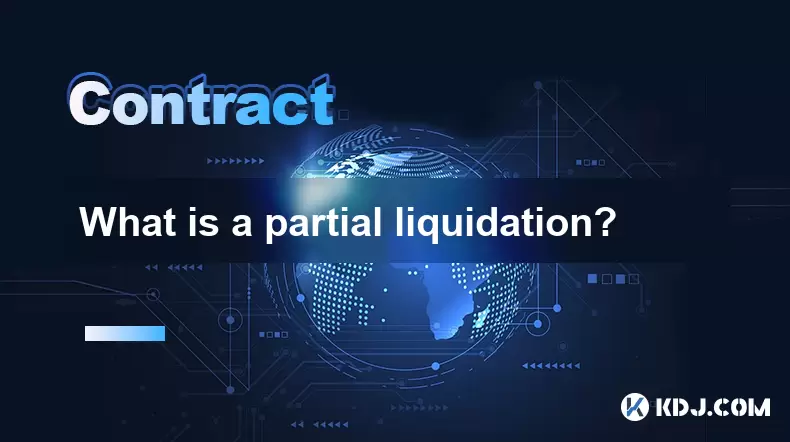
What is a partial liquidation?
Jul 19,2025 at 01:49am
Understanding the Basics of Partial LiquidationIn the world of cryptocurrency trading, especially within leveraged positions, partial liquidation refe...
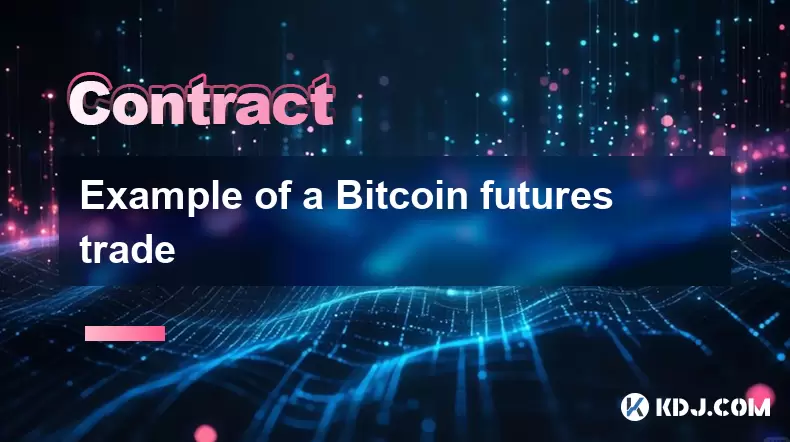
Example of a Bitcoin futures trade
Jul 19,2025 at 12:43am
Understanding Bitcoin Futures TradingBitcoin futures trading is a financial instrument that allows investors to speculate on the future price of Bitco...
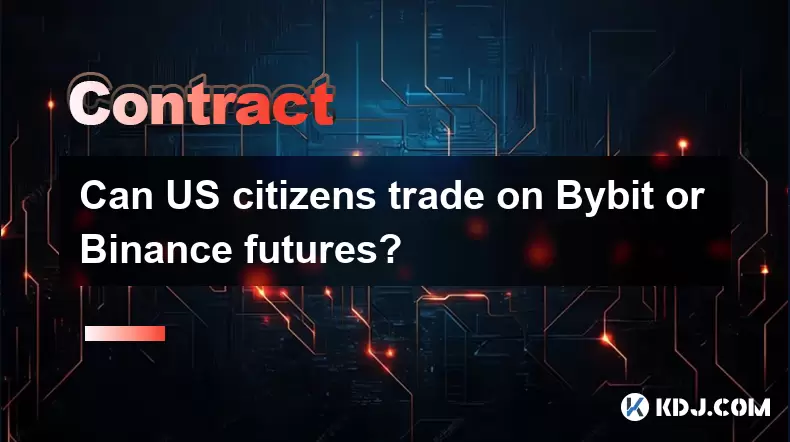
Can US citizens trade on Bybit or Binance futures?
Jul 18,2025 at 10:14pm
Understanding the Legal Status of US Citizens on Global Crypto ExchangesThe question of whether US citizens can trade on Bybit or Binance futures is o...
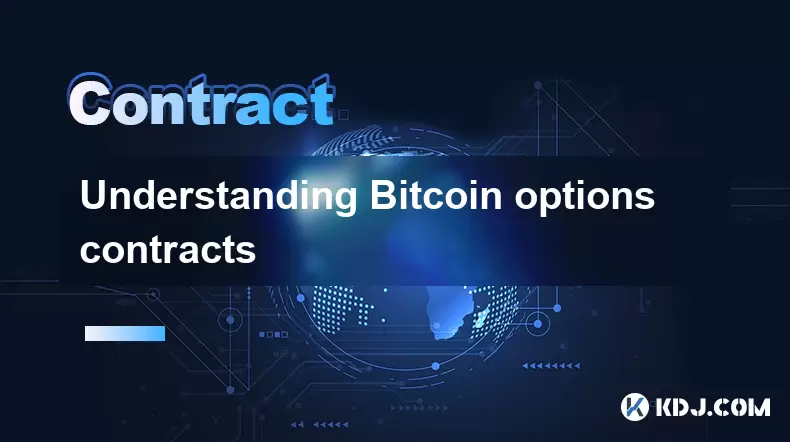
Understanding Bitcoin options contracts
Jul 18,2025 at 10:56pm
What Are Bitcoin Options Contracts?Bitcoin options contracts are financial derivatives that allow traders to speculate on the future price of Bitcoin ...
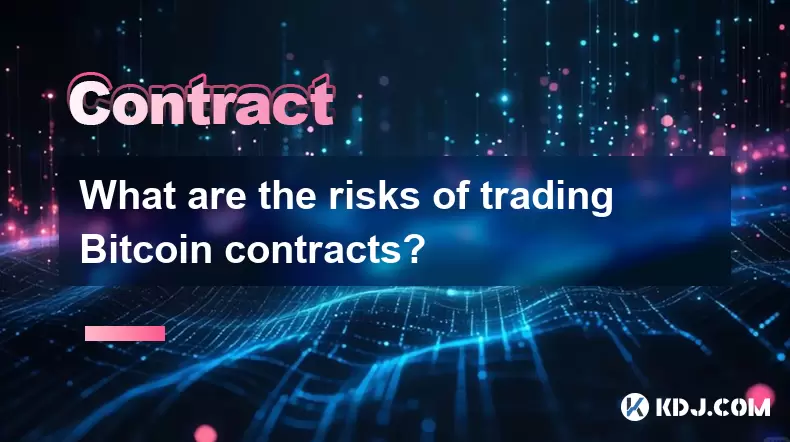
What are the risks of trading Bitcoin contracts?
Jul 19,2025 at 03:49am
Market Volatility and Price FluctuationsTrading Bitcoin contracts involves exposure to extreme market volatility, which is one of the most significant...

What is a maker vs a taker fee?
Jul 19,2025 at 01:14am
Understanding the Basics of Cryptocurrency Exchange FeesIn the world of cryptocurrency trading, maker vs taker fees are a fundamental concept that eve...

What is a partial liquidation?
Jul 19,2025 at 01:49am
Understanding the Basics of Partial LiquidationIn the world of cryptocurrency trading, especially within leveraged positions, partial liquidation refe...

Example of a Bitcoin futures trade
Jul 19,2025 at 12:43am
Understanding Bitcoin Futures TradingBitcoin futures trading is a financial instrument that allows investors to speculate on the future price of Bitco...

Can US citizens trade on Bybit or Binance futures?
Jul 18,2025 at 10:14pm
Understanding the Legal Status of US Citizens on Global Crypto ExchangesThe question of whether US citizens can trade on Bybit or Binance futures is o...

Understanding Bitcoin options contracts
Jul 18,2025 at 10:56pm
What Are Bitcoin Options Contracts?Bitcoin options contracts are financial derivatives that allow traders to speculate on the future price of Bitcoin ...

What are the risks of trading Bitcoin contracts?
Jul 19,2025 at 03:49am
Market Volatility and Price FluctuationsTrading Bitcoin contracts involves exposure to extreme market volatility, which is one of the most significant...
See all articles

























































































